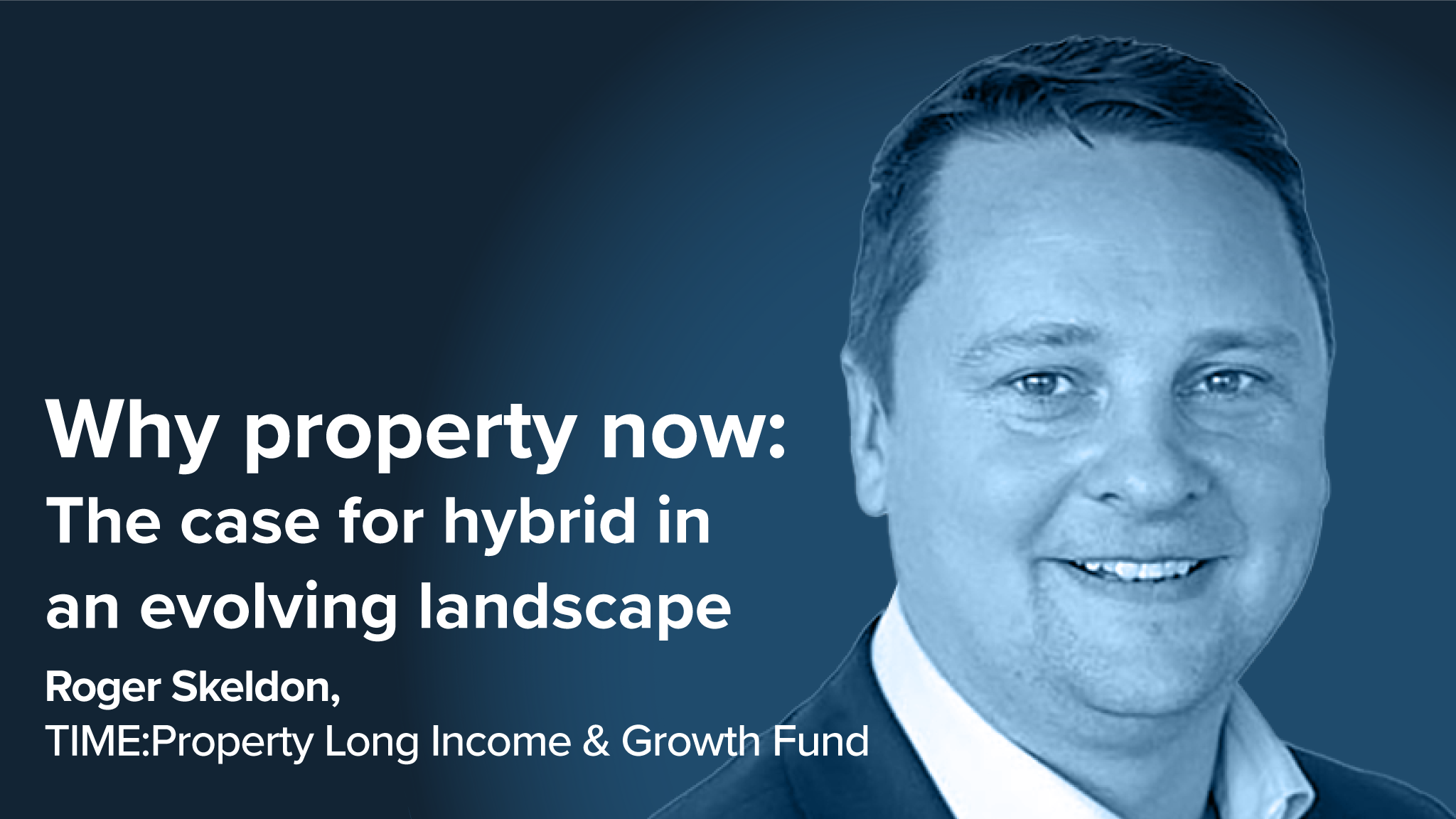However, developed market equities still saw the lion’s share of flows into ETPs, attracting around $23.4bn or the $28.7bn in total flows into equities. Year to date flows into equity funds are 46% higher than at the same point in 2012.
Around half of these flows went into funds with US exposure. Europe posted its fifth consecutive month of inflows, mirroring the flows seen in the active fund industry after the Eurozone emerged from recession in August. Japan ETPs also continued to gather assets helped along by purchases by the Bank of Japan. Global ETP flows reached $35.0bn during the month reversing the record outflows seen in August.
The greatest point of divergence from the active industry was the popularity of emerging markets. BlackRock said that the Fed’s surprise decision not to taper removed pressure from emerging markets equity ETPs, leading to inflows of $5.3bn for the month. This represented the first material inflow since January. Emerging markets fixed income funds also reversed their recent run of unpopularity, gathering $0.9bn in assets.
In spite of the now inevitable tapering of quantitative easing in the US, fixed income ETPs continued to see inflows. The asset class took in $6.6bn in September and year-to-date flows have nearly returned to their May peak. High Yield and Emerging Markets Bond flows were the most popular sectors, which picked up with the Fed announcement that it was to postpone any tapering of quantitative easing.
Separately, research from Morningstar’s European Passive Fund Research Team has shown that ETF fees are consistently lower than for tracker funds for retail investors with around 40% of European large-cap equity index funds charging private investors a total expense ratio in excess of 1% for tracking an index. However, the report also found that because traditional index funds have a dual charging structure—whereby they charge one fee to private investors and another, usually significantly lower, fee to institutional investors—they tend to be a cheaper for institutional investors compared to ETFs, which have just one total expense ratio for all investors.










